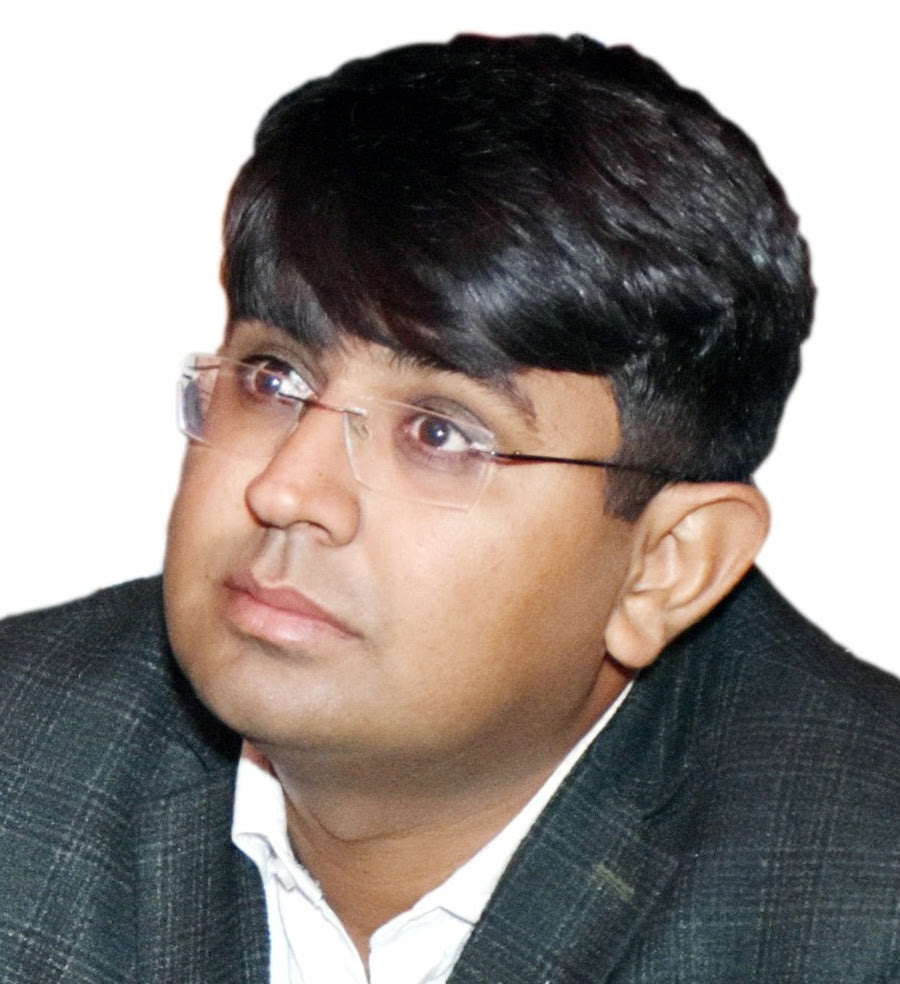“Teacher skills and motivation both matter” and personally targeted, continuous training is key to achieving improvements
 Satywan Saurabh
Satywan Saurabh

One child, one teacher, one book, and one pen can change the world. The current teacher in India is unable to cover his goals. Because of one teacher and hundreds of duties, and lakhs of vacant posts, how will the world of children change? India is dealing with significant teacher vacancies, which are around 60-70 percent in some states. There are over one lakh single-teacher schools across the country. The workload on teachers has increased, (mid-day meal, election duty, etc.) and the standard teacher-student ratio (1:30) is not followed. There is a lack of a proper monitoring system for the evaluation of the performance of teachers and a system providing proper feedback. Only 3-4 percent of those who qualify for the TET result qualify for the test, yet statistics show that they too do not get a teacher’s job on time.
Quality education plays an important role in one’s life which helps him/her to be socially acceptable, increase job opportunities, be financially sound, etc. Hence the role of teachers is very important in providing quality education. The learning crisis is evident from the fact that nearly half of Grade 5 children in rural India cannot solve simple two-digit simple subtraction problems, compared to 67 percent of Class 8 children in public schools with 50 percent of math-based assessment ability. score less than
Current teacher training in India is unable to cover the difficult targets. India is dealing with significant teacher vacancies, which are around 60-70 percent in some states. There are over one lakh single-teacher schools across the country. The workload on teachers has increased, (mid-day meal, election duty, etc.) and the standard teacher-student ratio (1:30) is not followed. There is a lack of a proper monitoring system for the evaluation of the performance of teachers and a system providing proper feedback. Only 3-4 percent of those who qualify for the TET result qualify for the test, yet statistics show that even they do not get teacher jobs on time.
About 20 percent of regular teachers and 40 percent of contact teachers do not have the professional qualifications for elementary education. The increase in the culture of private coaching classes and the participation of teachers there has made the teacher a businessman. Due to the paucity of an adequate number of qualified and properly trained teachers, widespread corruption at various levels in the appointment of ad-hoc teachers in teaching (management level, internal politics, etc.) has licked the education system like termites, National Council of Educational Research and The training study found that there is no systematic incorporation of teacher feedback into training design. Decreasing level of class results Nearly half of teachers believe that not all children achieve excellent academic results because of their socioeconomic background.

Only 25% of teachers incorporate activity-based learning and 33% use storytelling or role-playing in their pedagogical approach, either not prioritizing or lacking the time. The National Accreditation and Assessment Council, responsible for quality standards in higher education, has covered only 30 percent of all institutions since its inception in 1994. As of today, there is no accurate real-time database of the number and details of teacher education institutions, enrolled students, and programs offered in the country.
There are today 17,000 teacher education institutions across the country that are responsible for producing teachers through programs like Bachelor of Education and Diploma in Elementary Education. Considering their approved recruitment, on full operation, these TETs can generate more than 19 lakh newly trained teachers every year against an estimated annual requirement of 3 lakh teachers. At present, there are about 94 lakh teachers in all schools in India. . But every year no satisfactory part of the total number of teachers gets recruited into the teacher education system. This is a matter of serious concern.
The Ministry of Human Resource Development recently launched the National Initiative for the Holistic Advancement of School Heads and Teachers, which aims to train over 42 lakh teachers across the country. The Ministry of Human Resource Development and the National Council for Teacher Education launched the National Teachers Forum or DIKSHA in 2017 in collaboration with non-governmental stakeholders. DIKSHA is envisioned as a one-stop solution to address teacher competency gaps through courses that address their skill gaps and empower them to learn “what they want, where they want”. make.
“Teacher skills and motivation both matter” and personally targeted, continuous training is key to achieving improvements in learning through teachers. After the training, there should be no difference in the salary of public or private teachers. It will attract the best young minds to this profession and help them to regain their lost ground. Teachers need to re-learn and re-learn the subjects and the way they should be taught. There is no point in cramming and teaching just to pass the exam.
Teacher training programs should be supplemented by focus-group discussions with local NGOs and community-based organizations. The teacher training model should have the potential to provide continuous professional development through a blended model, complementing the existing physical training. A technology-enabled platform that allows training to become an ongoing activity rather than an annual event is essential.
Another key determinant of quality is the curriculum which should be regularly revised and revised to ensure that our teacher education system is at par with global standards. Ideally, given that teacher education requires a good mix of curricular inputs and good quality pedagogy, the move towards integrated four-year subject-specific programs conducted in specialist multidisciplinary colleges and universities Advocating for a change.
A common accreditation framework should be designed through a consultation process involving all relevant stakeholders to facilitate its wider acceptance.
A transparent and reliable system of accreditation can form the basis for removing substandard TEIs and improving quality in the rest. Given the wider scenario of the teacher education sector alone and the current capacity constraints, multiple accreditation agencies must be empaneled. In addition to creating good content, it is also important to consider the technology consumption patterns of teachers, the potential for facilitation to increase engagement, and the role of principals in fostering teachers’ professional development.
Reforms should be driven by administrative will and executed through a well-established governance mechanism. A child taught by a good teacher gets 1.5 grade-level equivalents, while a child taught by a bad teacher gets only half an academic year. Focusing on providing the best quality education is the prime need of the hour to build the future of this country.

Dr. Satyavan Saurabh, Research Scholar, Poet, Independent Journalist and Columnist, All India Radio and TV Panelist. (Opinion expressed here are that of the author)
Advertisements | 5E For Success



